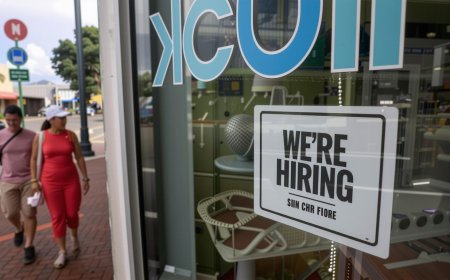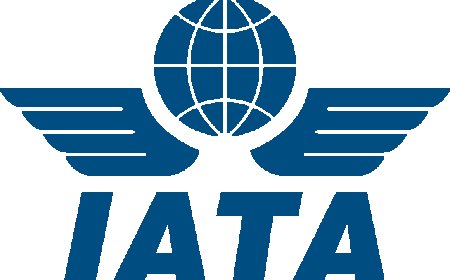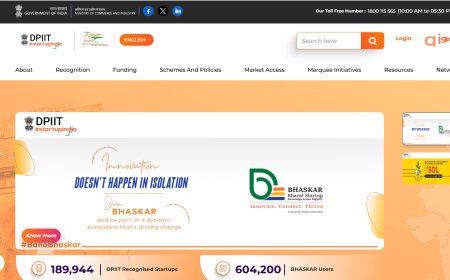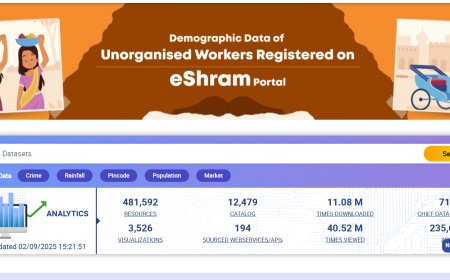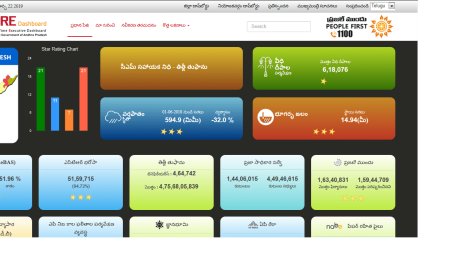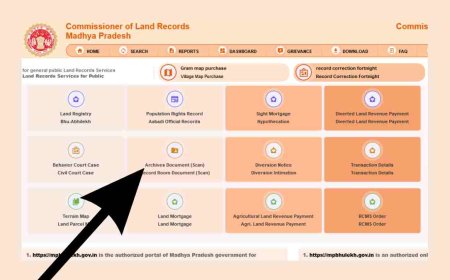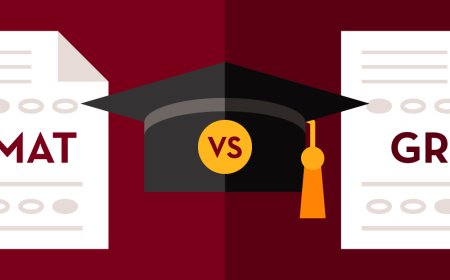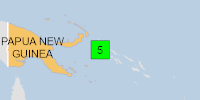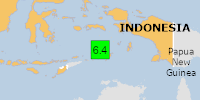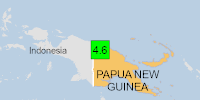EU’s 50% Tariff Plan Sparks ‘Crisis’ in British Steel Industry | TNNEWS
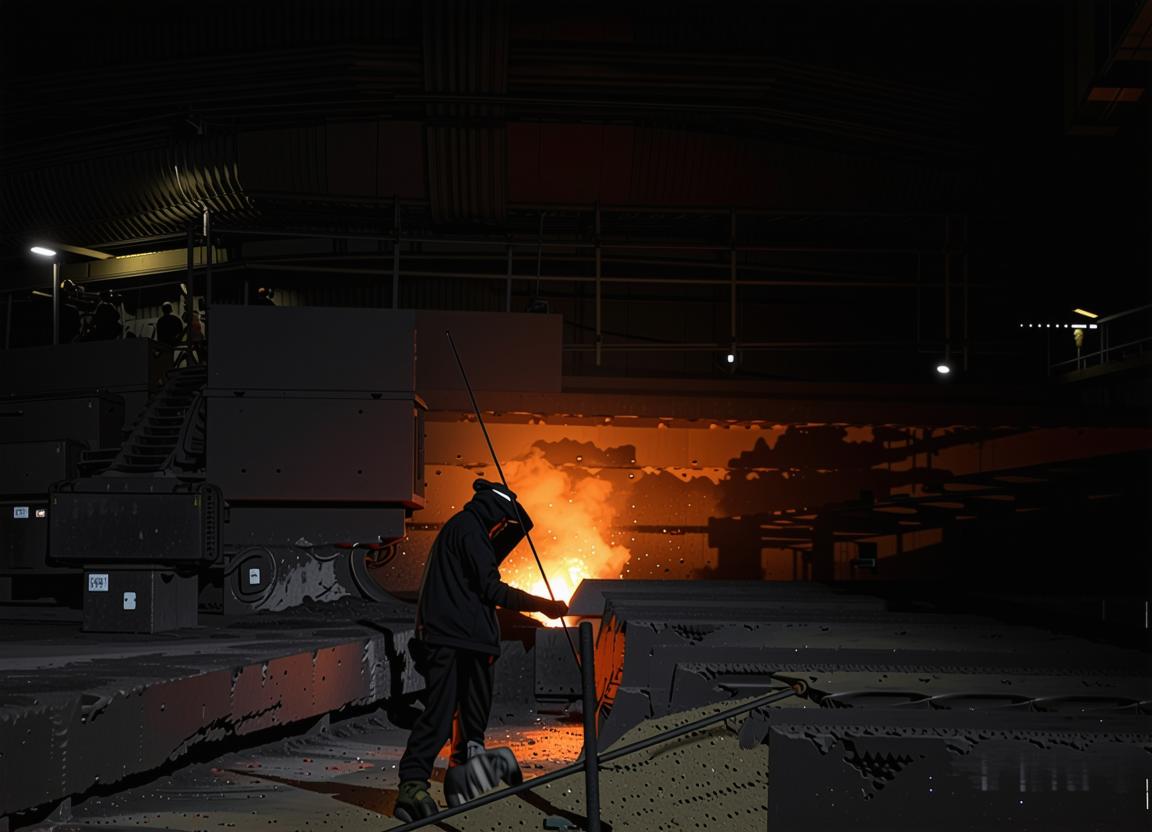

The European Union’s decision to increase tariffs on steel imports exceeding its annual limit could plunge the United Kingdom’s steel sector into an unprecedented crisis, industry experts have cautioned.
Recently, the European Commission suggested that the 27-nation bloc would reduce its duty-free steel import quota by nearly half to 18.3 million tonnes, imposing a 50% tariff on any excess imports.
Related Developments
- US court deems Trump’s foreign tariff strategy largely unlawful
- Canada eases EV sales targets amid US tariff pressures
- Trump’s second state visit to the UK: A ‘great honor’
This marks a significant increase from the current quota of 33 million tonnes, where imports beyond this are taxed at 25%.
The announcement has sent shockwaves through the UK steel industry, which relies on the EU for nearly 80% of its exports.
Gareth Stace, head of UK Steel, described the situation as potentially the most severe crisis the UK steel industry has ever encountered, labeling the EU’s move a “disaster” for British steel.
The trade union Community, representing UK steelworkers, warned that the EU’s proposal poses an “existential threat” to the industry.
Understanding the EU’s Tariff Increase
The proposed tariff is set to be implemented in June 2026, pending approval from EU member states and the European Parliament.
The EU argues that the tariff is necessary to shield its markets from an influx of subsidized Asian steel, redirected due to US President Donald Trump’s 50% tariff on all steel imports to the US.
Additionally, the EU aims to protect its steel industry from global overcapacity challenges.
In Strasbourg, European Commissioner Maros Sefcovic defended the tariff as essential for safeguarding the EU’s critical steel sector, which has seen a dramatic trade imbalance.
Since 2018, over 30,000 jobs have been lost in the EU steel industry, which employs around 300,000 people.
While the sector struggles, other nations have implemented tariffs to bolster their domestic steel industries. The EU’s proposal seeks to “restore balance” to its steel market.
A senior EU official emphasized the necessity of limiting import volumes to prevent potentially dire consequences for the EU.
Penny Naas from GMF highlighted that the tariffs aim to preserve capacity and jobs, not just profits, as steel capacity is crucial for national and economic security.
The EU’s steel sector faces fierce competition from countries like China, where production is heavily subsidized. China produced over a billion metric tonnes of steel last year, with India and Japan following.
In contrast, the EU produces 126 million tonnes annually but only needs 67% of this for its own use, falling short of the 80% benchmark for profitability.
EU steel production has decreased by 65 million tonnes annually since 2007, with significant losses since 2018.
EC President Ursula von der Leyen emphasized the importance of a strong, decarbonized steel sector for the EU’s competitiveness and strategic autonomy.
Industry chief Stephane Sejourne stated that the tariffs are intended to protect the EU steel industry, allowing it to invest, decarbonize, and regain competitiveness.
Impact on the UK Steel Industry
The EU is the UK’s largest steel export market. In 2024, the UK exported 1.9 million metric tonnes of steel, valued at approximately 3 billion pounds ($4.02bn), with 78% going to the EU.
The EU’s tariff proposal exempts European Economic Area members and Ukraine, but the UK has not secured any special consideration post-Brexit.
The EU is open to negotiations with the UK after notifying the World Trade Organization of the new levy, but uncertainty remains.
The UK fears an influx of cheaper, subsidized Asian steel as the EU and US markets close.
UK Steel warned that redirected steel from the EU could pose another existential threat.
Nicolai von Ondarza from Chatham House noted that cheap steel diverted by the EU’s tariffs would primarily come from countries like China, increasing pressure on the UK industry.
The UK steel sector also faces challenges from Trump’s 25% tariff, a global supply glut, and higher energy costs, compounded by job losses due to green initiatives.
Negotiating a Solution
Industry leaders see negotiation as the UK’s best hope.
They urge the UK and EU to engage in urgent talks to mitigate the impact on the steel industry.
Chatham House’s Ondarza suggested that negotiating a carve-out from the EU tariffs is a potential route, with both parties showing willingness to discuss.
UK Prime Minister Keir Starmer mentioned ongoing discussions with the EU regarding the proposal.
UK industry minister Chris McDonald hinted that retaliatory measures might still be considered.
Can the US Play a Role in Resolving the Issue?
While the EU’s tariff proposal has sparked concern in the UK, it also aims to bring the US to the negotiating table.
In August, the EU and US agreed on a trade deal imposing 15% tariffs on 70% of Europe’s exports to the US, but discussions on European steel tariffs remain.
Sefcovic stated that the EU’s proposal could serve as a foundation for engaging with the US to address overcapacity challenges.
The new tariffs indicate a stronger alignment between the EU and US, with the August deal including cooperation on protecting domestic markets from overcapacity.
Naas noted that the EU’s actions suggest a coordinated effort with the US to tackle overcapacity, a longstanding issue in US-EU negotiations.
What's Your Reaction?
 Like
0
Like
0
 Dislike
0
Dislike
0
 Love
0
Love
0
 Funny
0
Funny
0
 Angry
0
Angry
0
 Sad
0
Sad
0
 Wow
0
Wow
0




